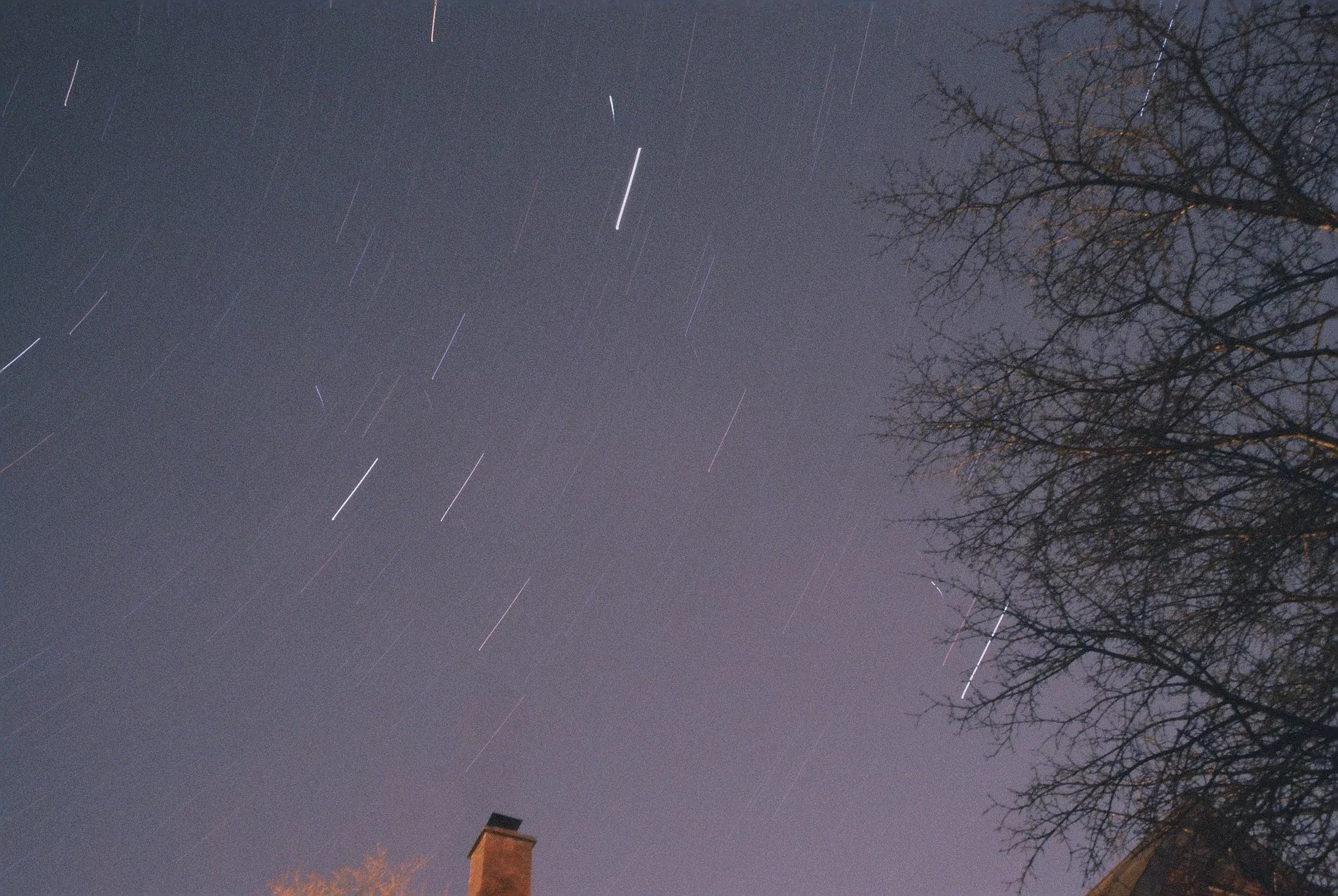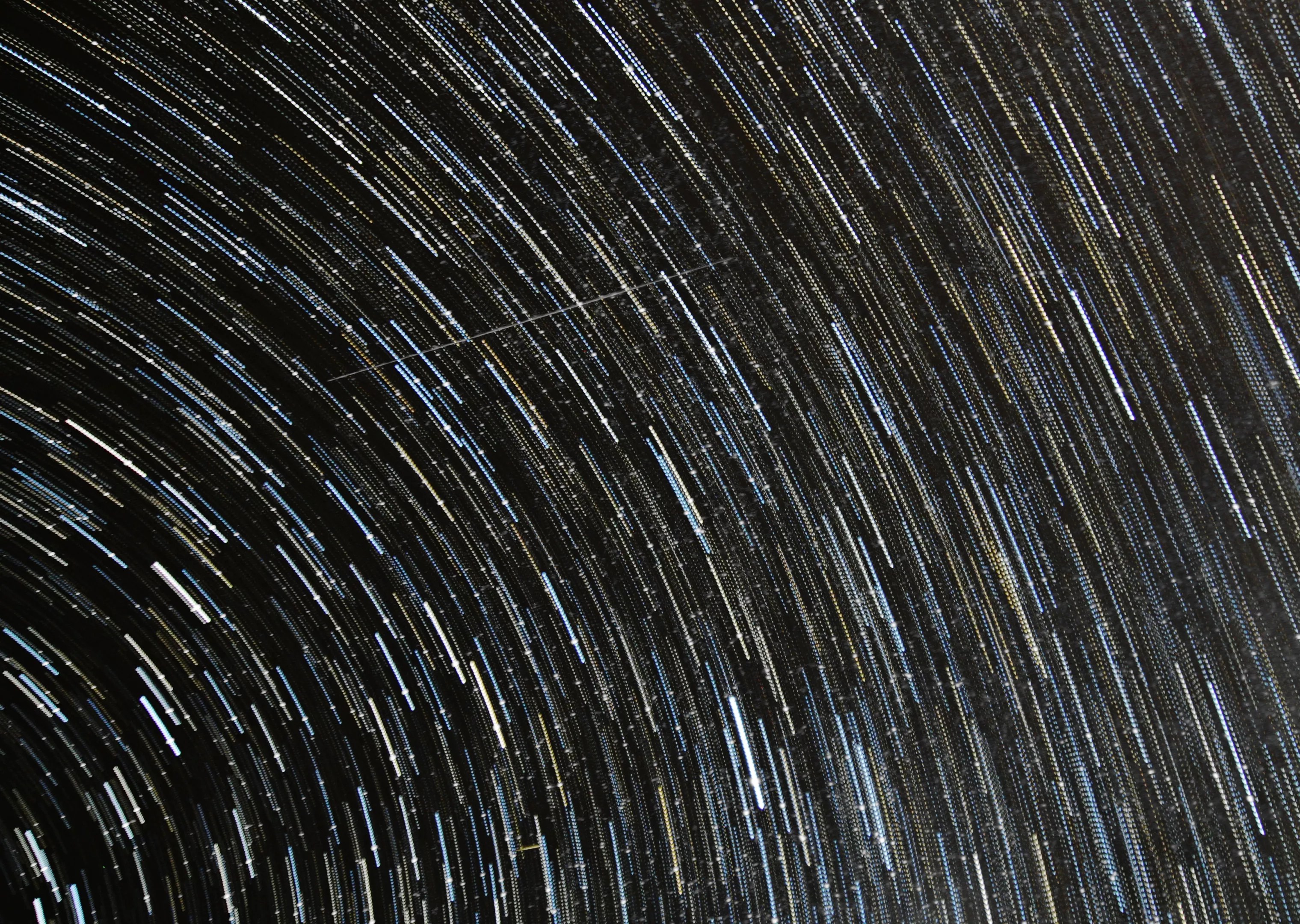

Audio By Carbonatix
Heads up, Valley residents. A cosmic ballet will occur in the nighttime sky over the next few evenings, offering a spectacular show for those who stay up late or get up early.
The annual Lyrid meteor shower will be happening every night from now until April 29 and will cause a flurry of shooting stars overhead. And the good news is you’ll be able to see it from anywhere in the Valley.
The Lyrid meteor shower, so named because it appears to emanate from the constellation Lyra, happens every April when the Earth’s orbit passes through a comet’s debris field. It makes for an extraordinary sight each year.
If you’d like to check out all the astronomical action, here’s everything you’ll need to know about where the best times to see some shooting stars.
This year, make your gift count –
Invest in local news that matters.
Our work is funded by readers like you who make voluntary gifts because they value our work and want to see it continue. Make a contribution today to help us reach our $30,000 goal!
So kick back in your front or back yard, check out some shooting stars, and don’t forget to make a wish (which we sincerely hope will be a quicker end to our current situation).
When do the Lyrid meteor showers take place?
This year, the showers will happen nightly through April 29.
According to the skywatchers at Space.com, meteors will begin streaking through the evening sky every night at approximately 10:30 p.m. when Lyra (the radiant for this shower) starts rising in the northeastern sky. The number of meteors will increase after midnight and into the early morning hours with the greatest amount happening just before dawn
So what’s causing all these meteors?
According to the astronomy website EarthSky, the meteors are tail fragments from Comet Thatcher (C/1861 G1). Every April, our planet crosses its orbital path and debris trail, catching remnants of the comet that have broken off decades or even centuries ago. NASA says they consist of mostly dust, dirt, and ice. Don’t you know that you are a shooting star?
Where should you look?
Meteors will be visible across the sky. Most will appear to emanate near Lyra, which is the radiant (or starting point).
From 10:30 p.m. until midnight, they’ll be more toward the horizon, including some possible slower-moving and longer-lasting “Earth-grazer” meteors that bounce off the atmosphere. As Lyra rises, so will the meteors, which will be higher in the sky as the night progresses.
You don’t have to stare directly at Lyra to see meteors, however, but you should generally look toward the east-northeast.
What will the viewing conditions be like?
The forecast calls for mostly clear skies at night for the next week. Unfortunately, the moon might spoil the party, as it’s currently full.
Will you need a telescope orbinoculars?
No. Meteors will be visible to the naked eye.
Where are the best locations for viewing?
The good news is you’ll be able to see meteors from any location in the Valley, even while standing in your front or back yards. That said, the farther you get from the city lights, the better the viewing conditions will be. Those who live on the far edges of the Valley in areas like Cave Creek, Apache Junction, Buckeye, or Anthem will be able to see much more.
If you’re considering driving out to the boonies to get a better view, please be sure to have a fully charged cellphone and enough gas to get there and back.